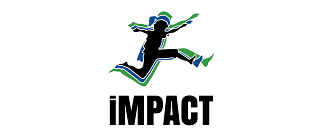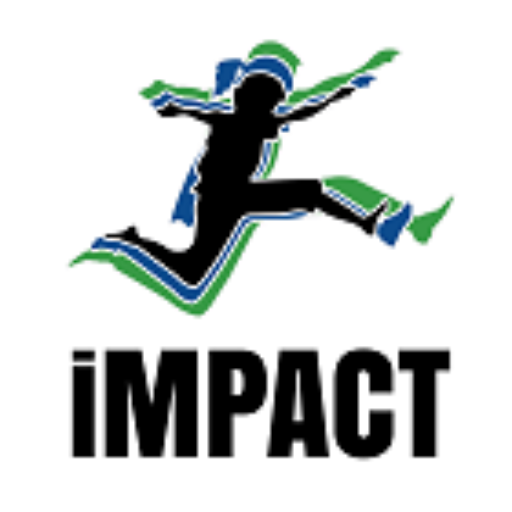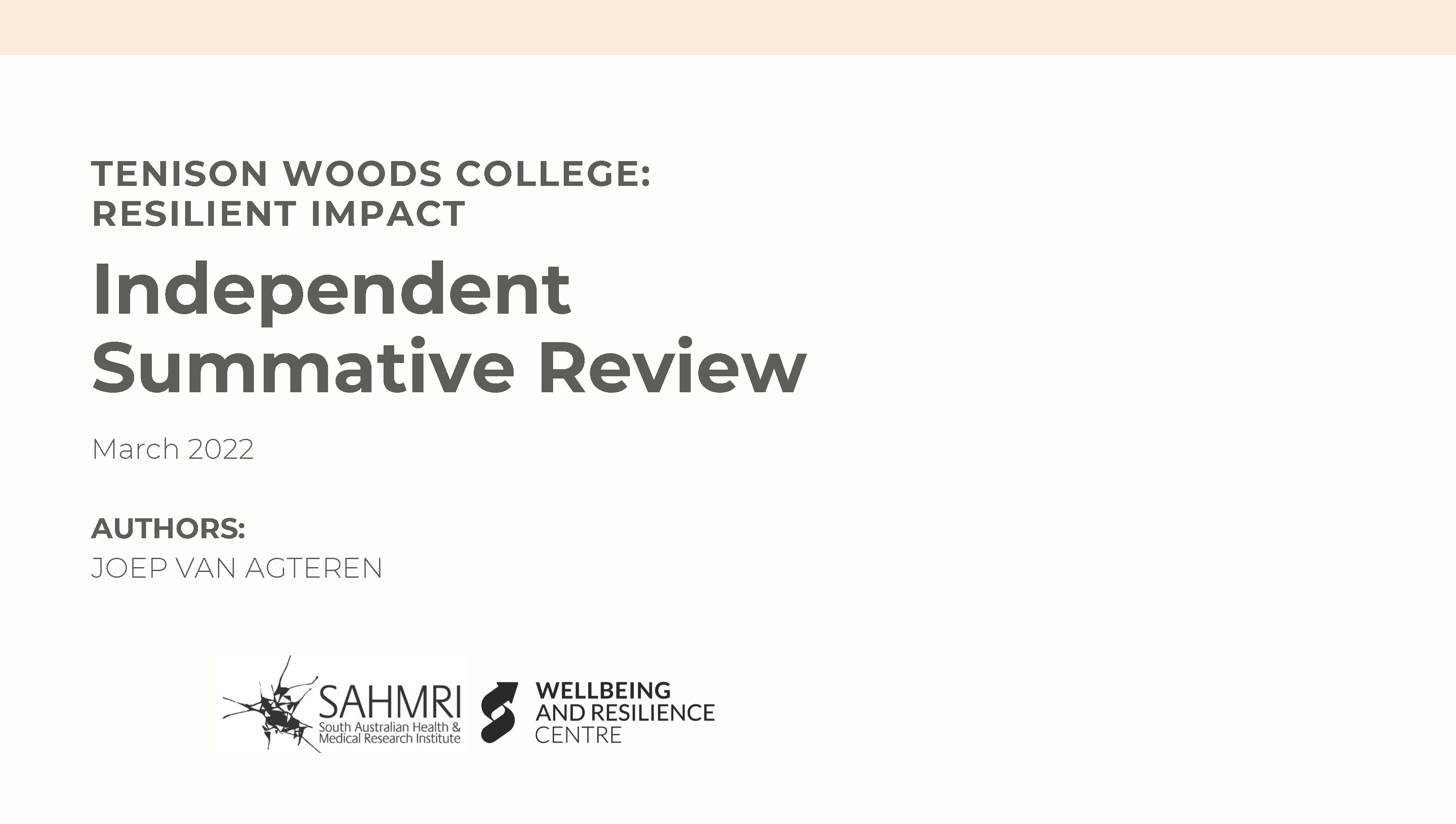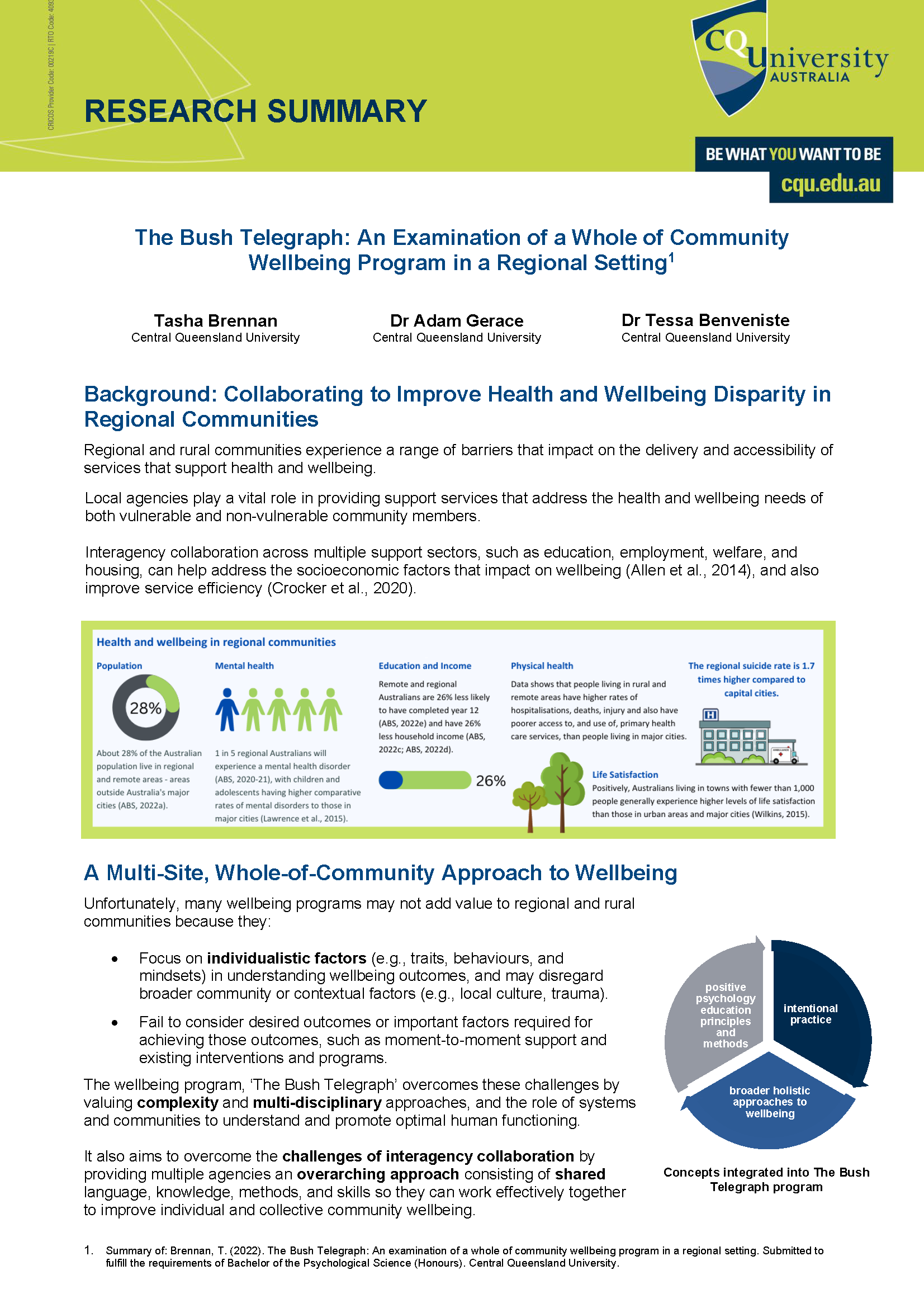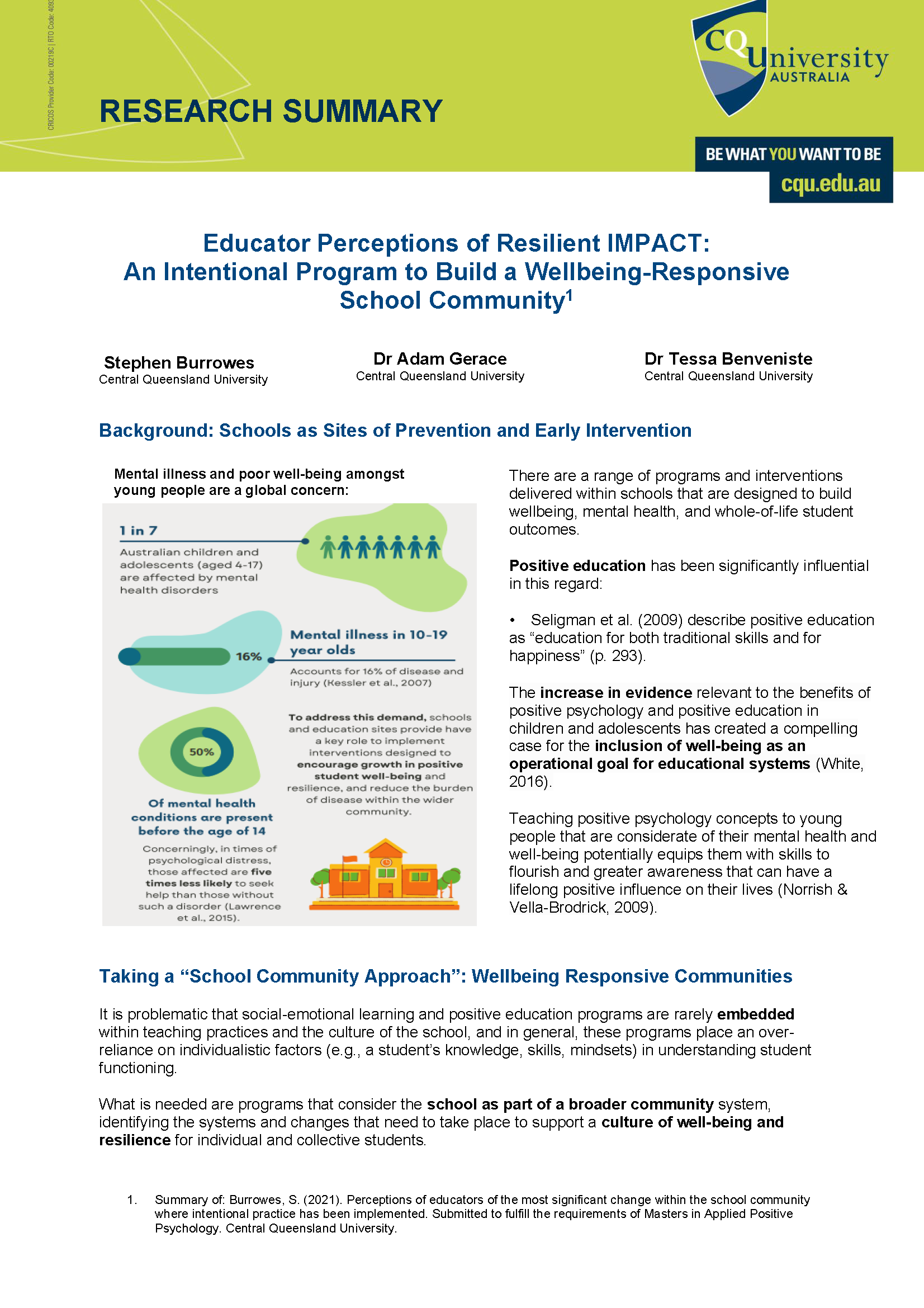Underpinning Evidence
The IMPACT program is founded upon the science of wellbeing, trauma, human development and implementation.
IMPACT seeks to integrate scientific disciplines through the approach and methods of intentional practice. The program draws most heavily on wellbeing science (positive psychology), intentional practice and trauma-science (trauma aware and trauma-informed practices). This includes:
- Thriving/flourishing[1]
- Self-determination theory[2]
- Attachment theory[3]
- Strength-based approaches[4]
- Mindfulness[5]
- Growth mindset literature[6]
- Intentional practice[7]
- Ecological and systems science[8]
- Trauma-informed practice[9]
- Brain development and trauma impact[10]
- Values and acceptance and commitment therapy[11]
- Value activation[12]
- Coaching psychology and practices[13]
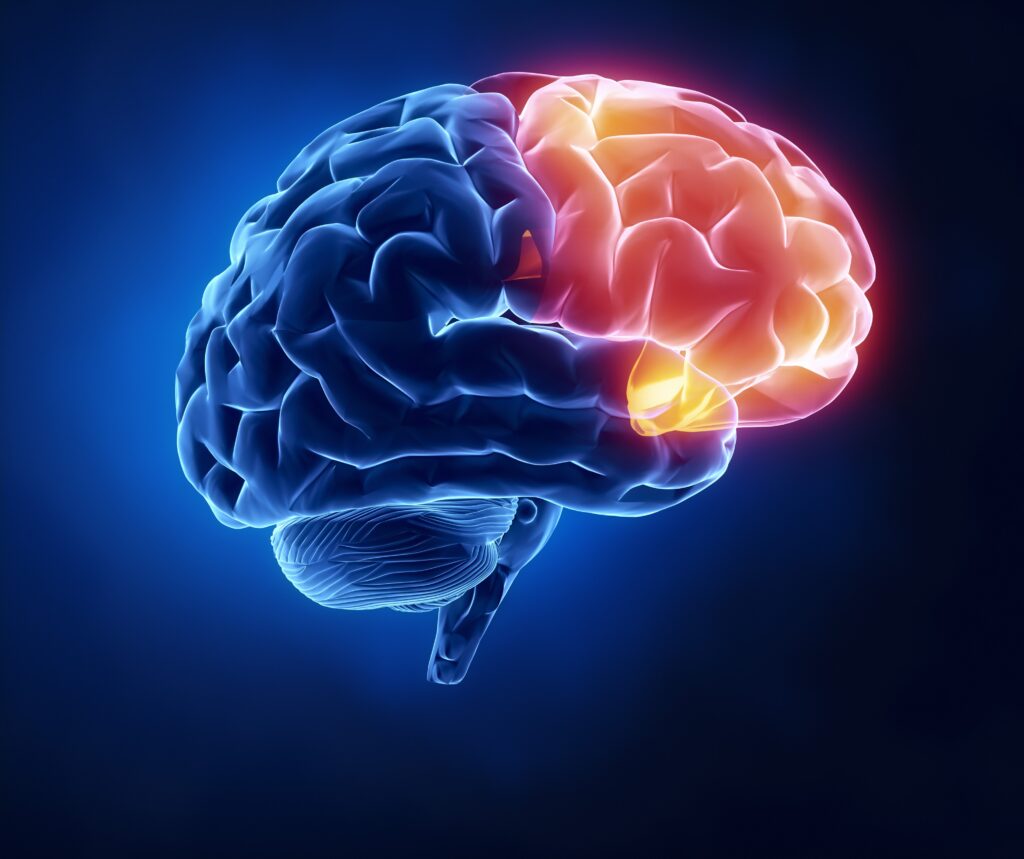
Research
The Following Research Articles Reference and Review the IMPACT Program Within Localised Capacity Building Initiatives
References
[1] Seligman, M. E. P. (2012). Flourish: A visionary new understanding of happiness and well-being. Simon and Schuster.
[2] Deci, E. L., & Ryan, R. M. (2000). The “what” and “why” of goal pursuits: Human needs and the self-determination of behavior. Psychological Inquiry, 11(4), 227-268.
[3] Marvin, R., Cooper, G., Hoffman, K., & Powell, B. (2002). The Circle of Security project: Attachment-based intervention with caregiver-pre-school child dyads. Attachment & Human Development, 4(1), 107-124.
[4] Peterson, C., & Seligman, M. E. (2004). Character strengths and virtues: A handbook and classification (Vol. 1). Oxford University Press.
[5] Siegel, D. J. (2009). Mindful awareness, mindsight, and neural integration. The Humanistic Psychologist, 37(2), 137-158.
[6] Dweck, C. (2012). Mindset: How you can fulfil your potential. Constable & Robinson.
[7] Raymond, I., Iasiello, M., Kelly, D., & Jarden, A. (2019). Program logic modelling and complex positive psychology intervention design and implementation: The ‘Resilient Futures’ case example. International Journal of Applied Positive Psychology, 3(1), 43-67.
[8] Bronfenbrenner, U. (1977). Toward an experimental ecology of human development. American Psychologist, 32(7), 513-531. 10.1037/0003-066X.32.7.513
[9] Kagan, R. (2014). Rebuilding attachments with traumatized children: Healing from losses, violence, abuse, and neglect. Routledge.
[10] Perry, B. D. (2001). The neurodevelopmental impact of violence in childhood. In D. Schetky & E. Benedek (Eds.), Textbook of child and adolescent psychiatry (pp. 221-238). American Psychiatric Press.
[11] Wilson, K. G., & Murrell, A. R. (2004). Values work in acceptance and commitment therapy. In S. C. Hayes, V. M. Follette, & M. M. Lineham (Eds.), Mindfulness and acceptance: Expanding the cognitive-behavioral tradition (pp. 102-151). Guildford.
[12] Raymond, I. J., & Raymond, C. M. (2019). Positive psychology perspectives on social values and their application to intentionally delivered sustainability interventions Sustainability Science, 14(5), 1381-1393.
[13] Biswas-Diener, R. (2010). Practicing positive psychology coaching: Assessment, activities and strategies for success. John Wiley & Sons.
